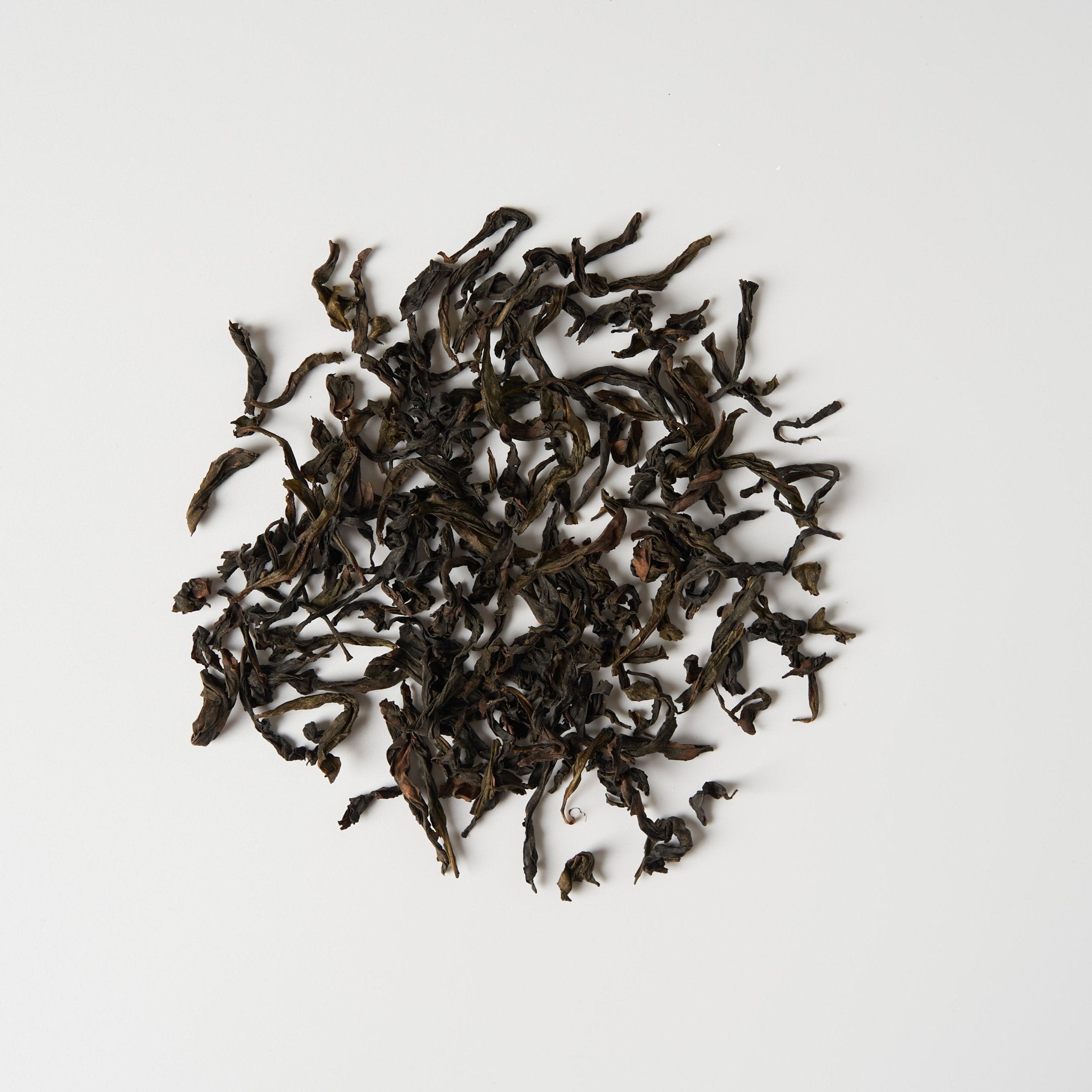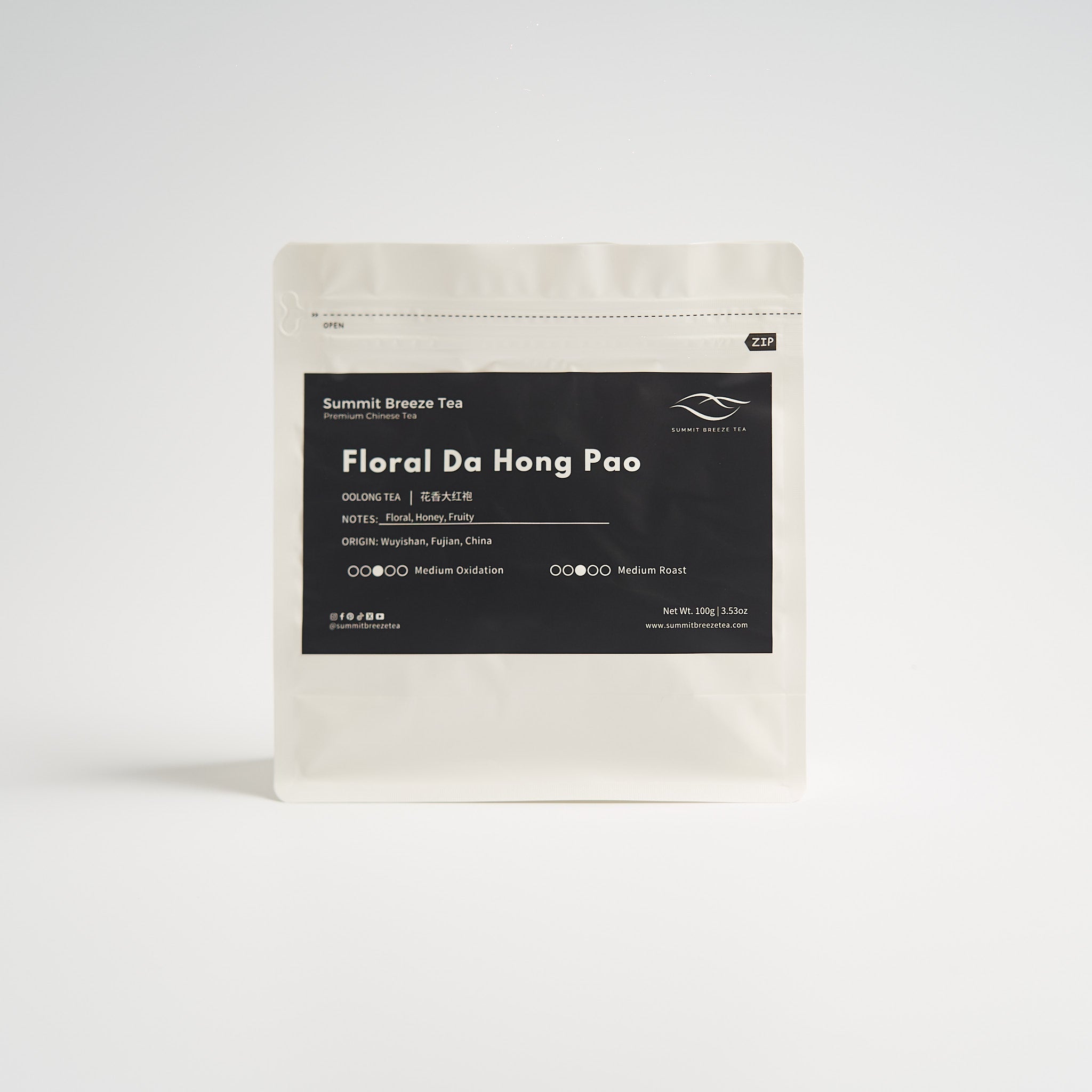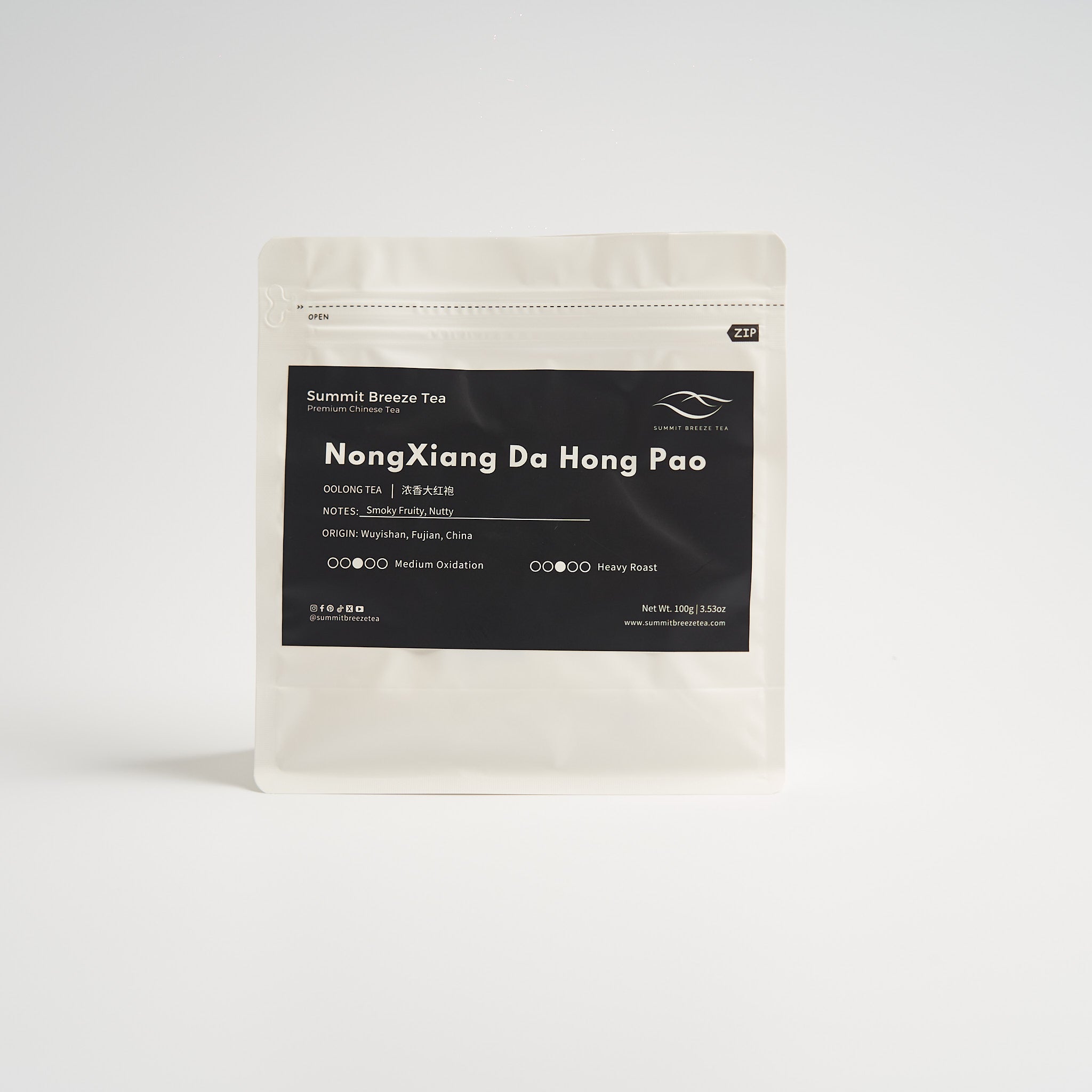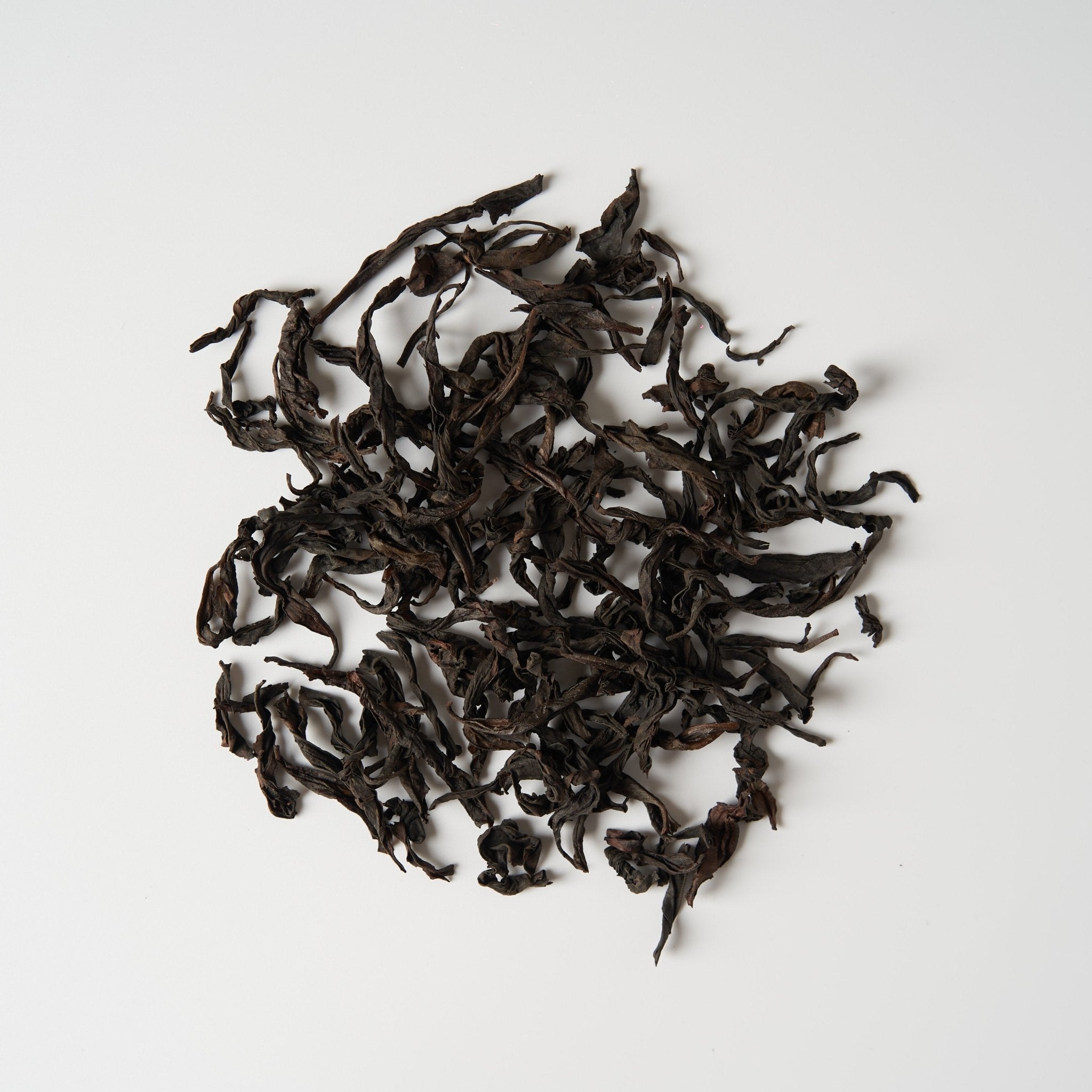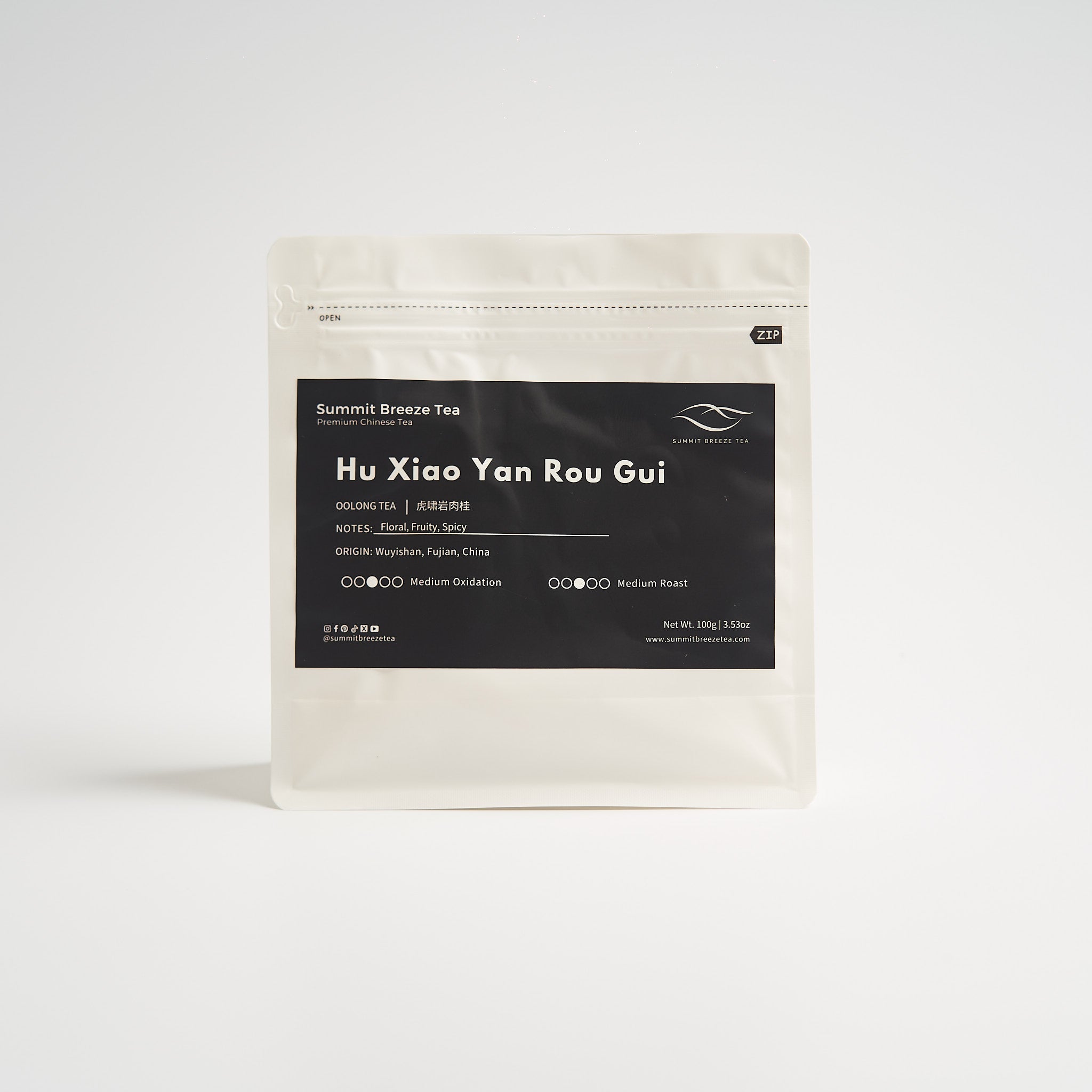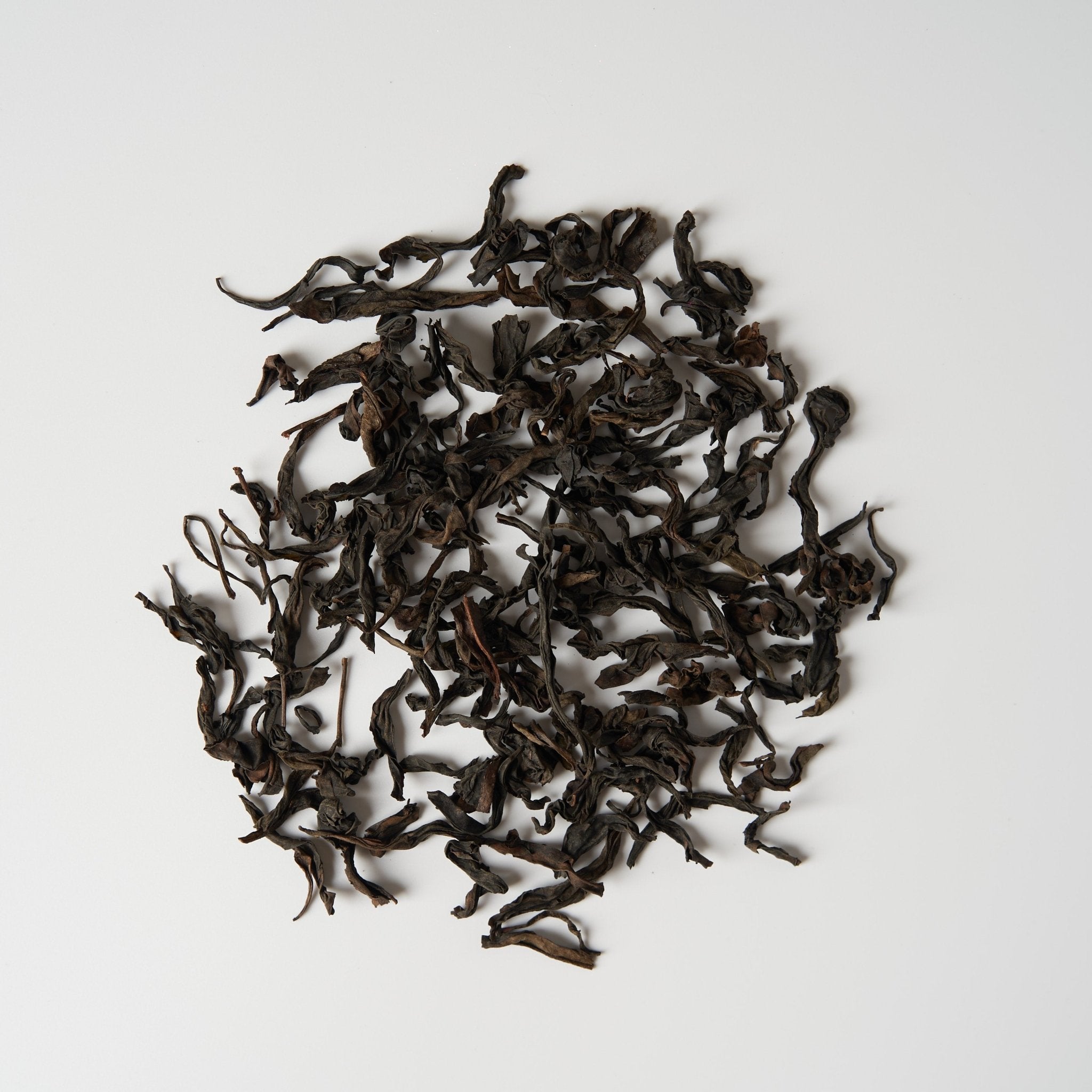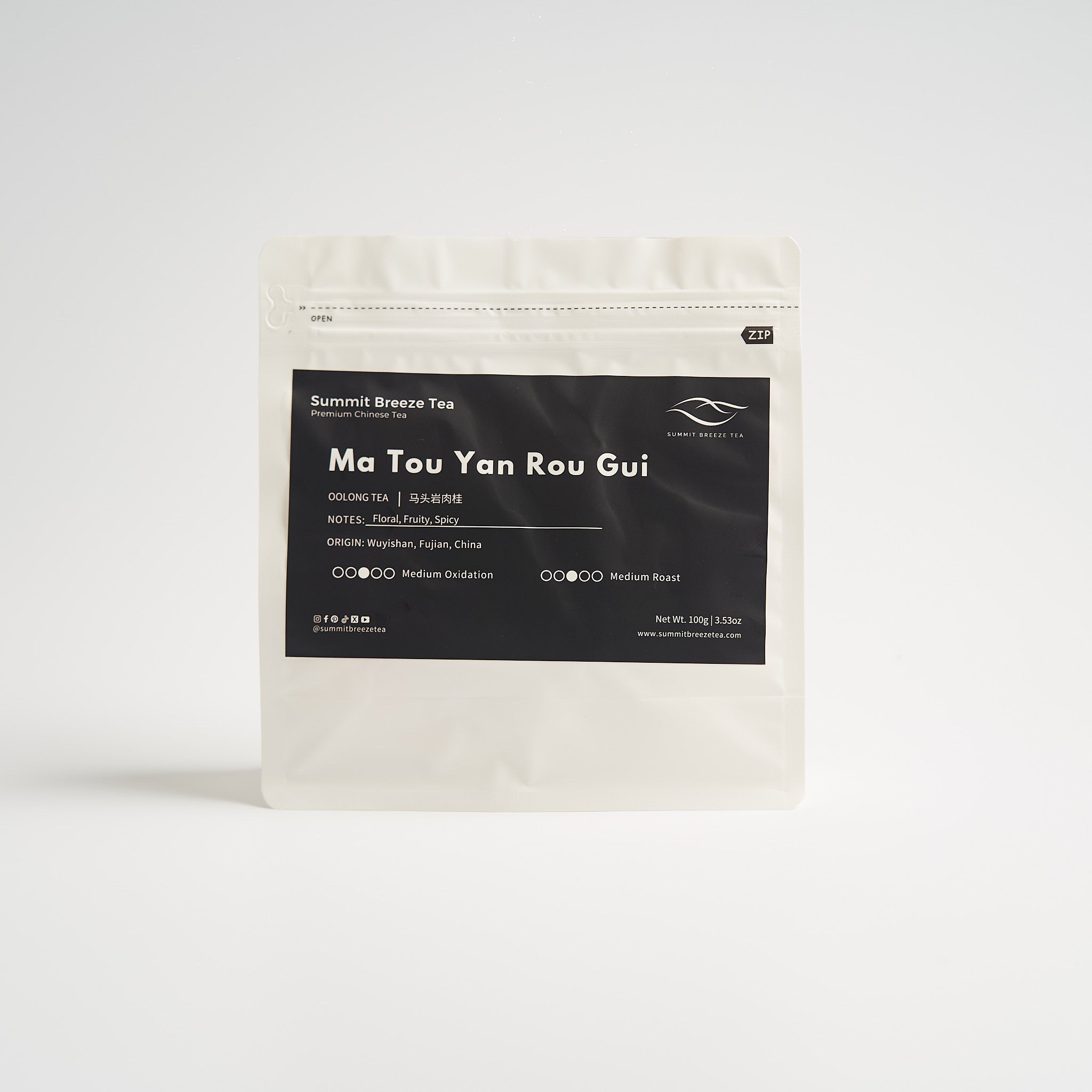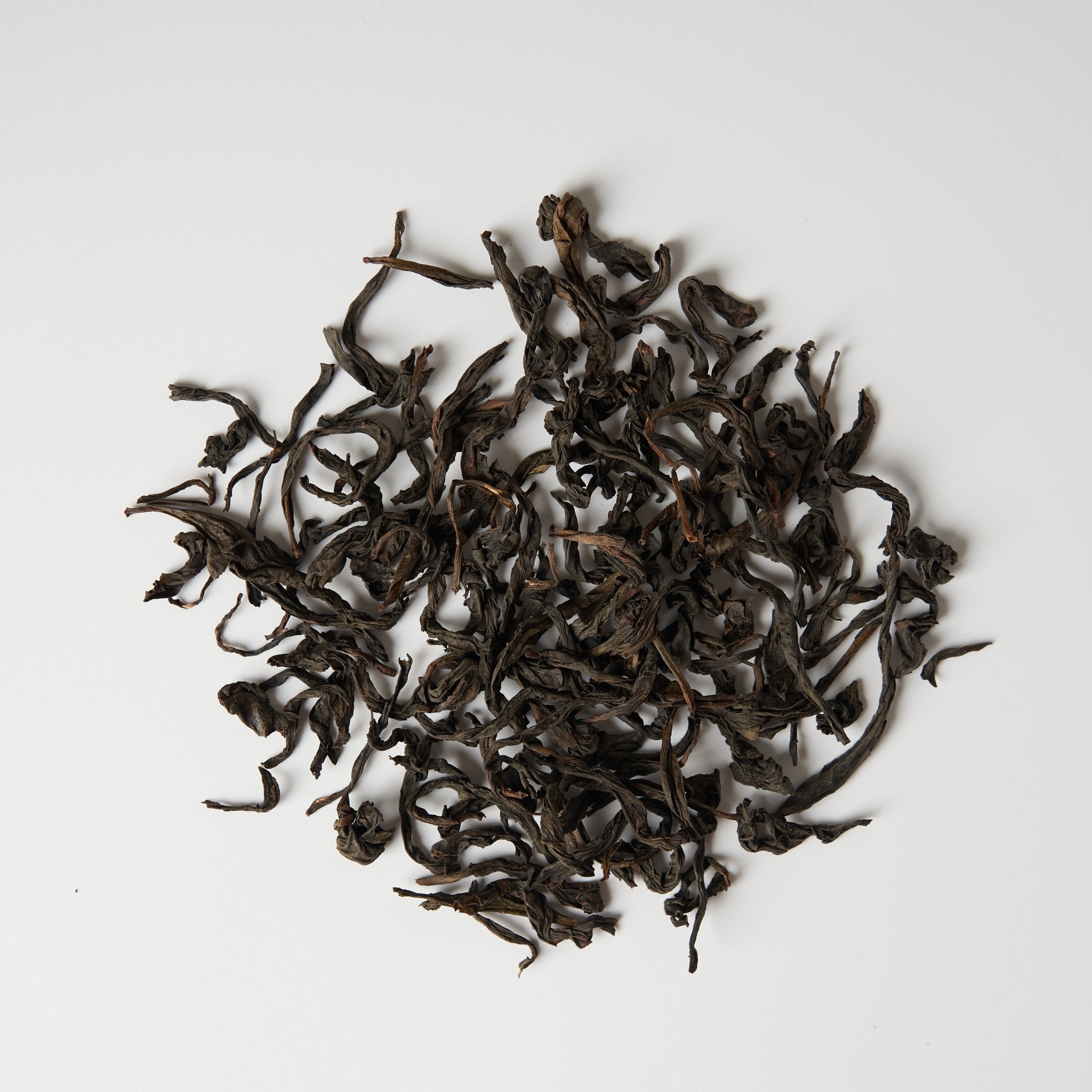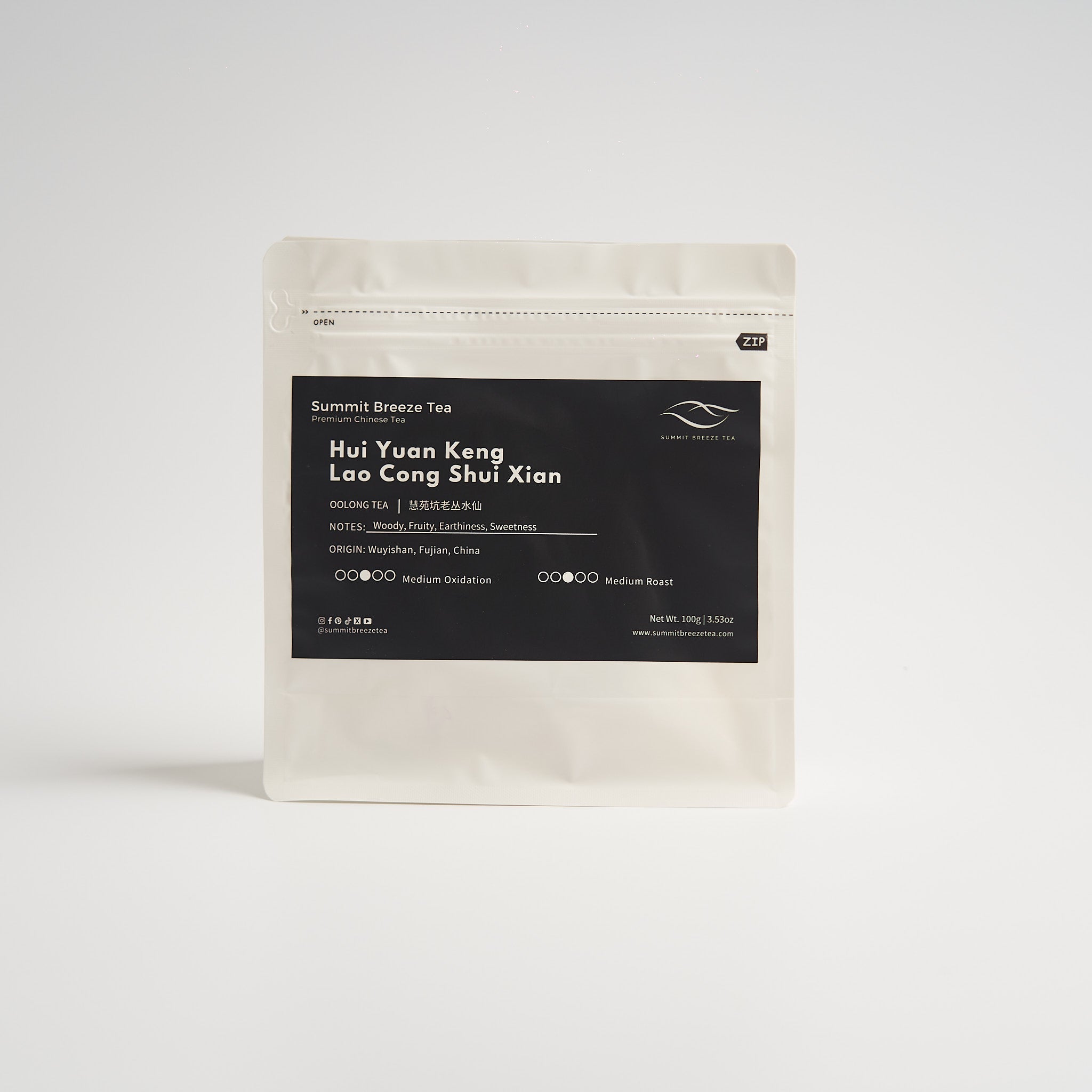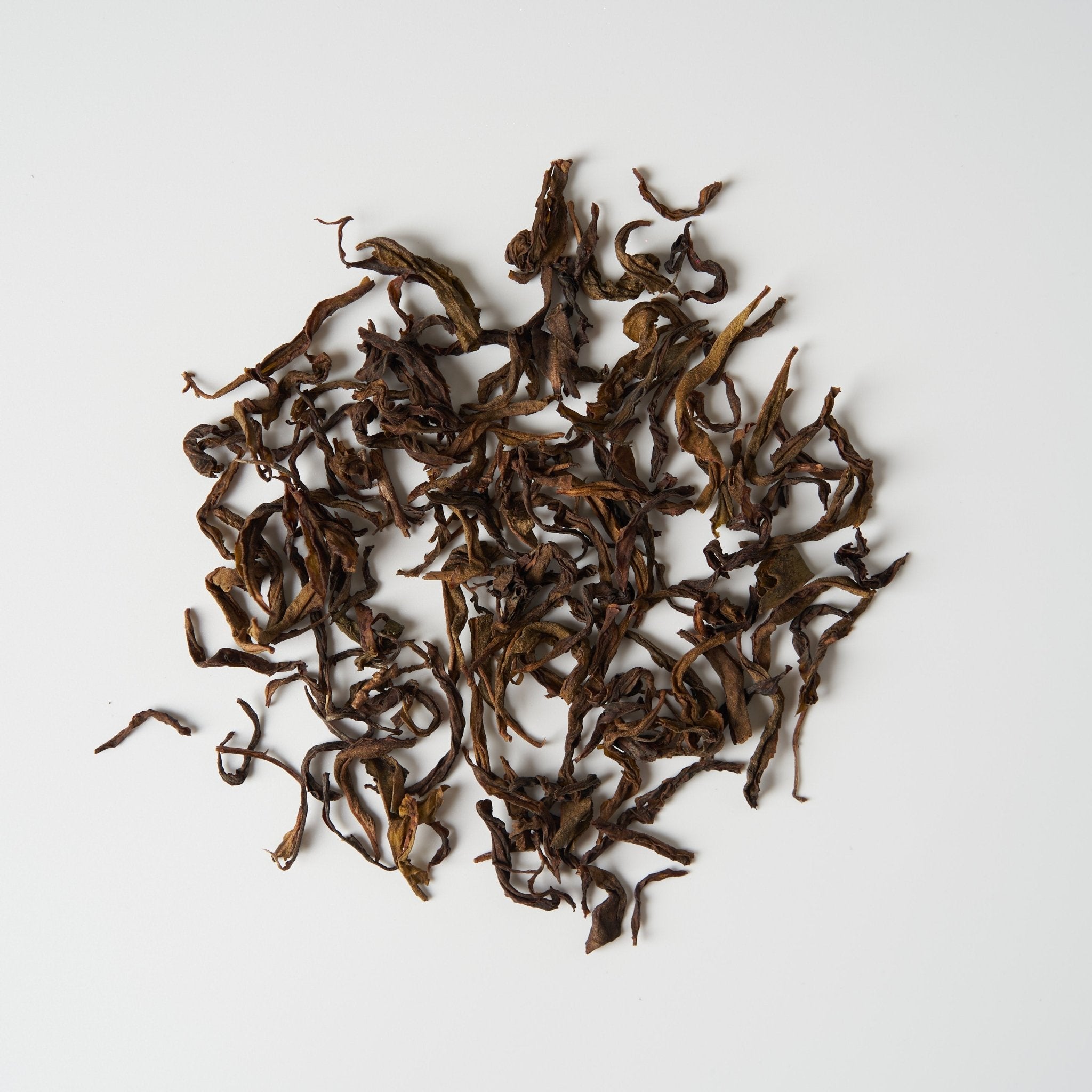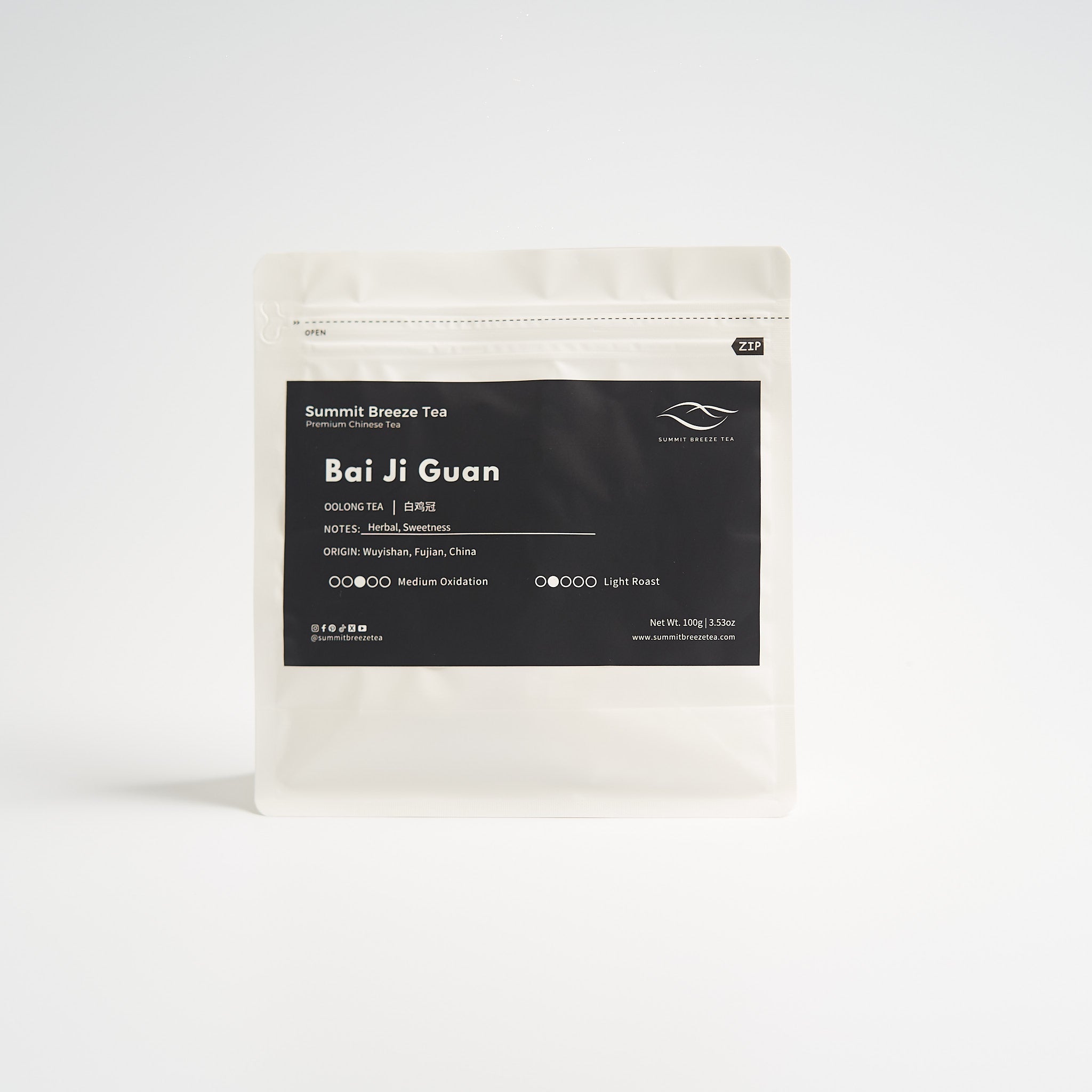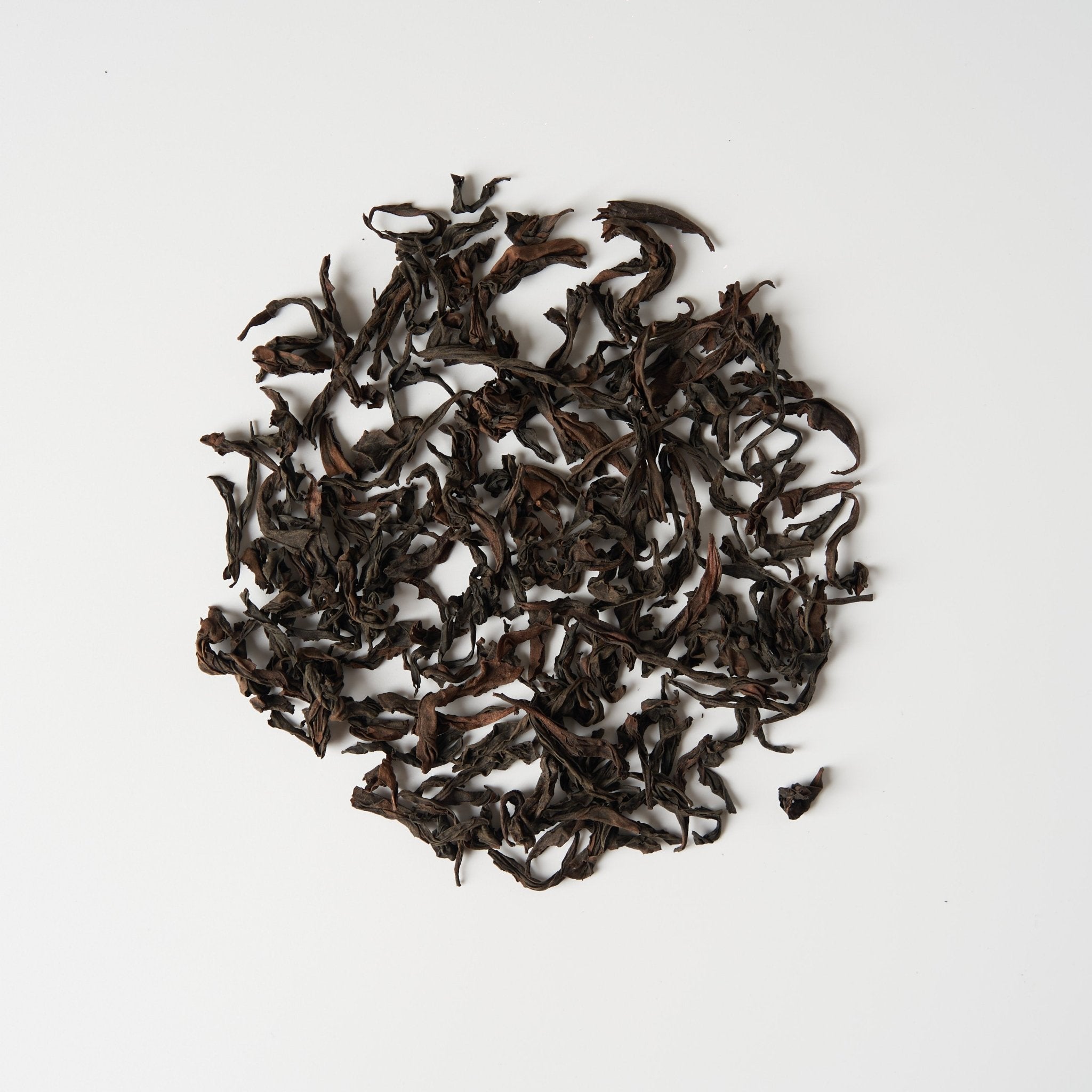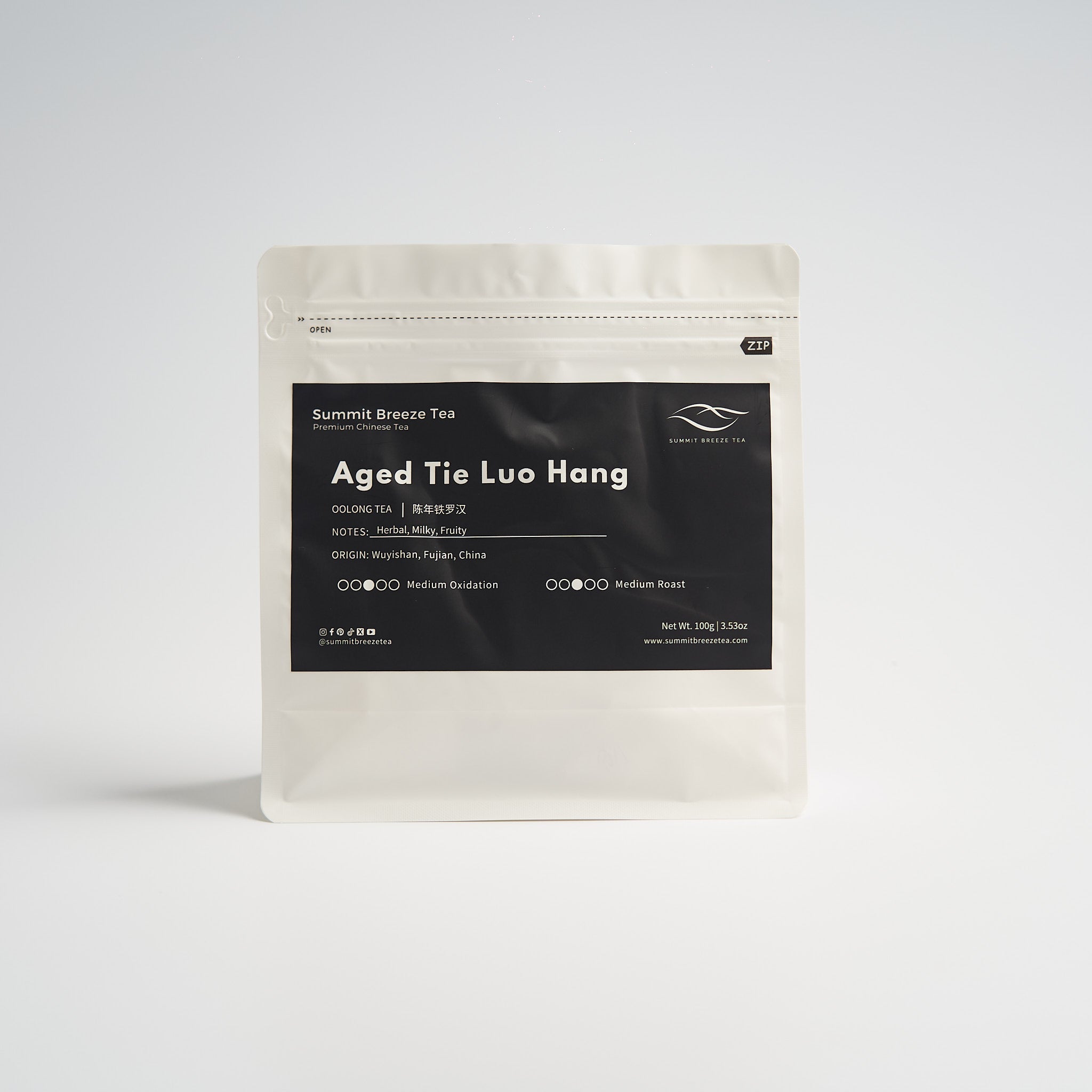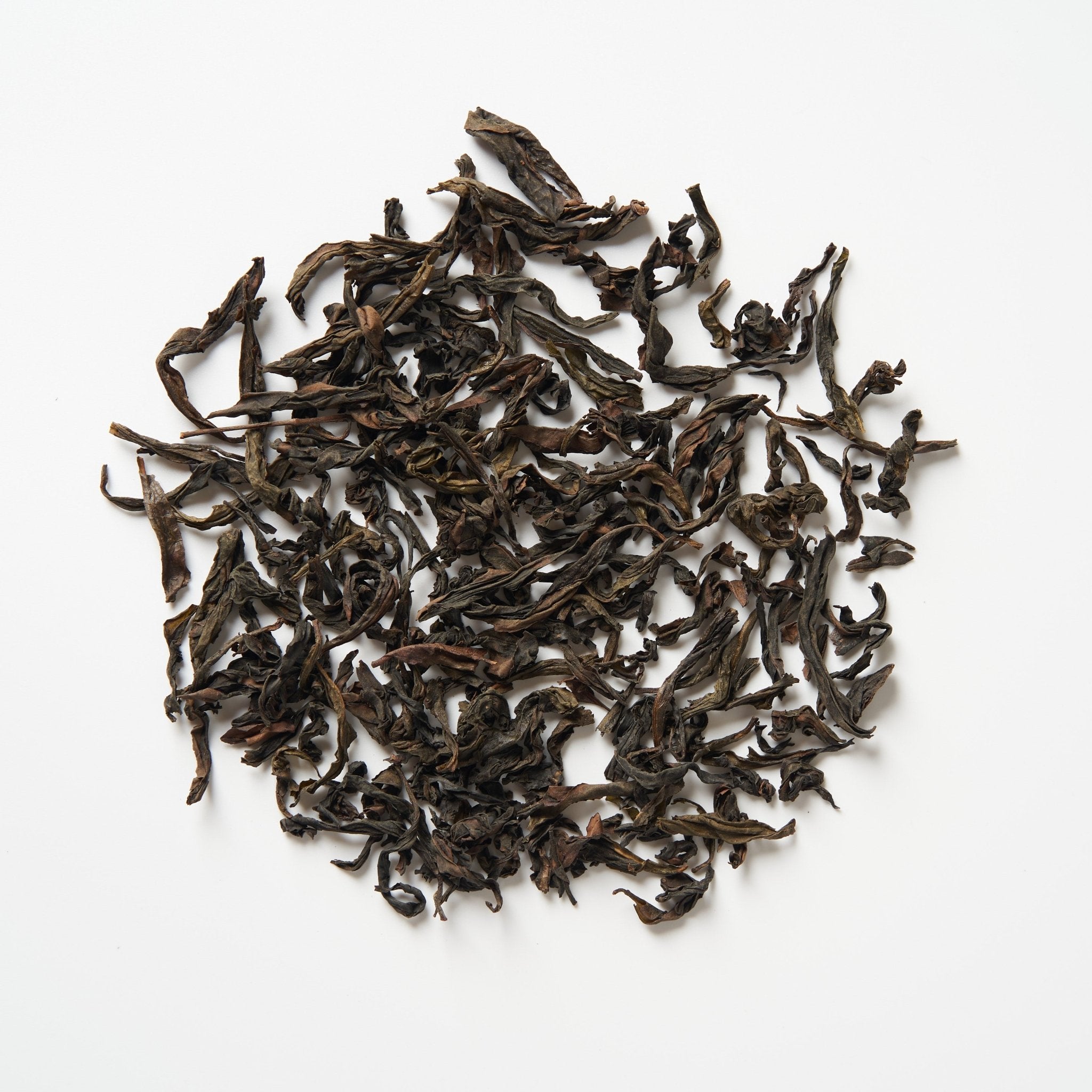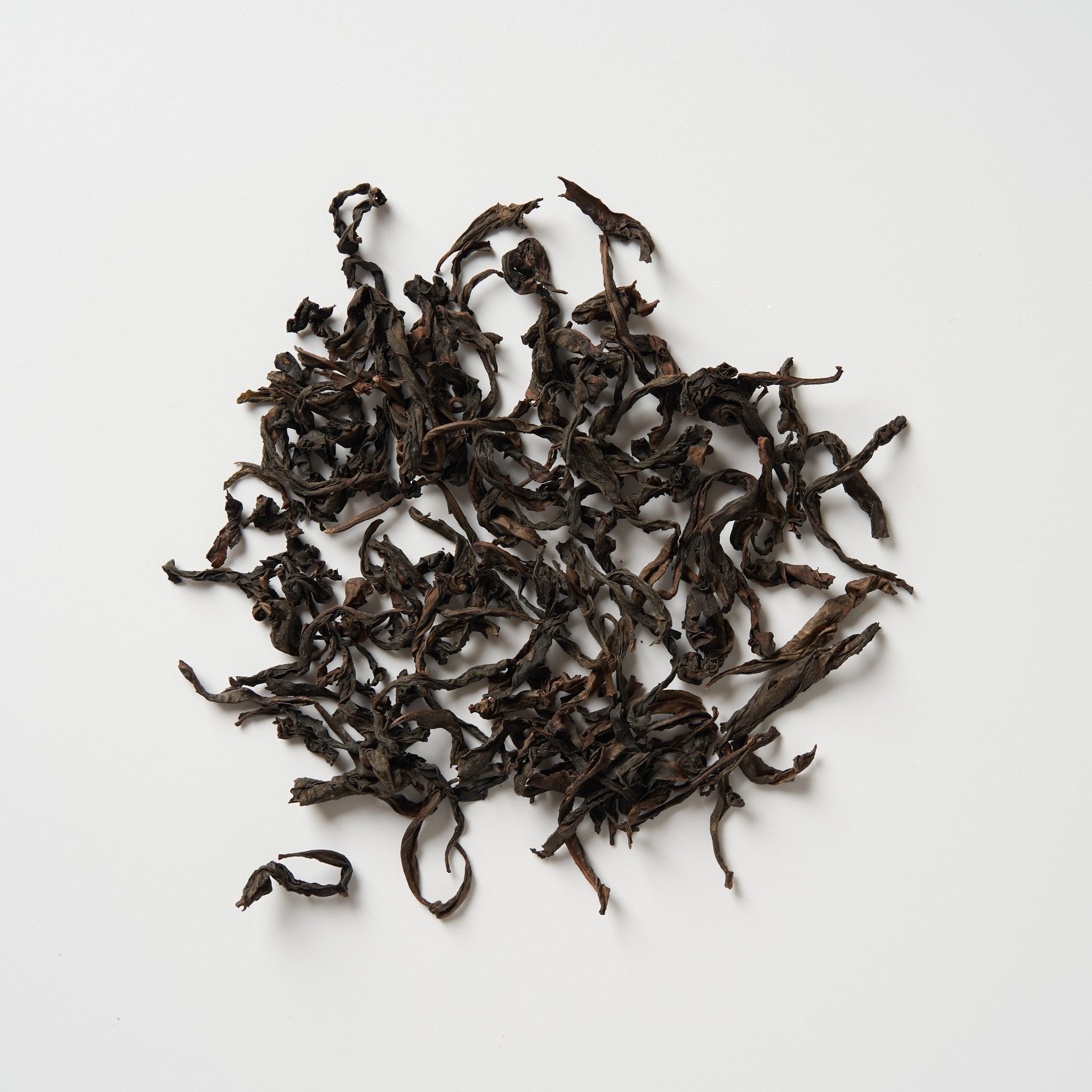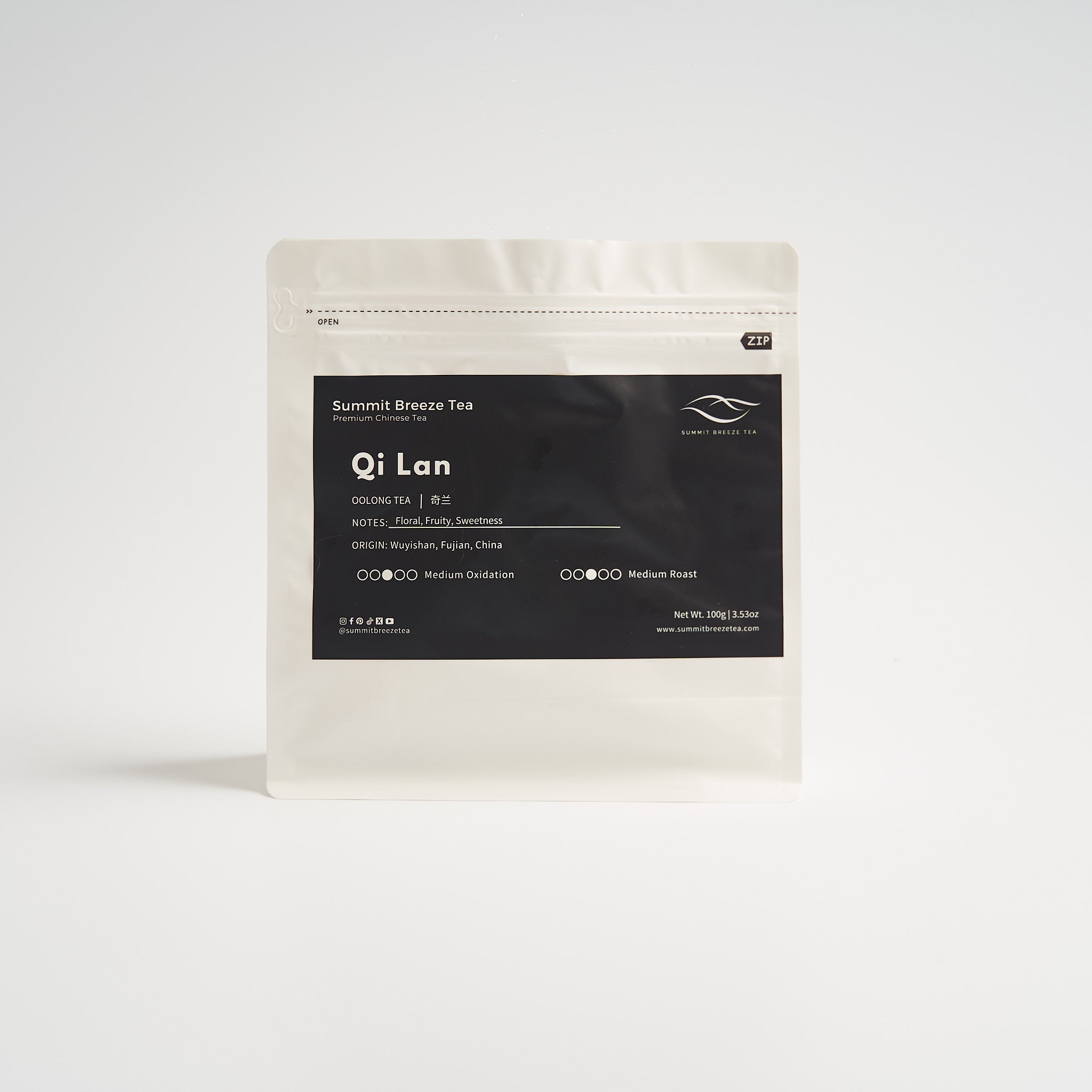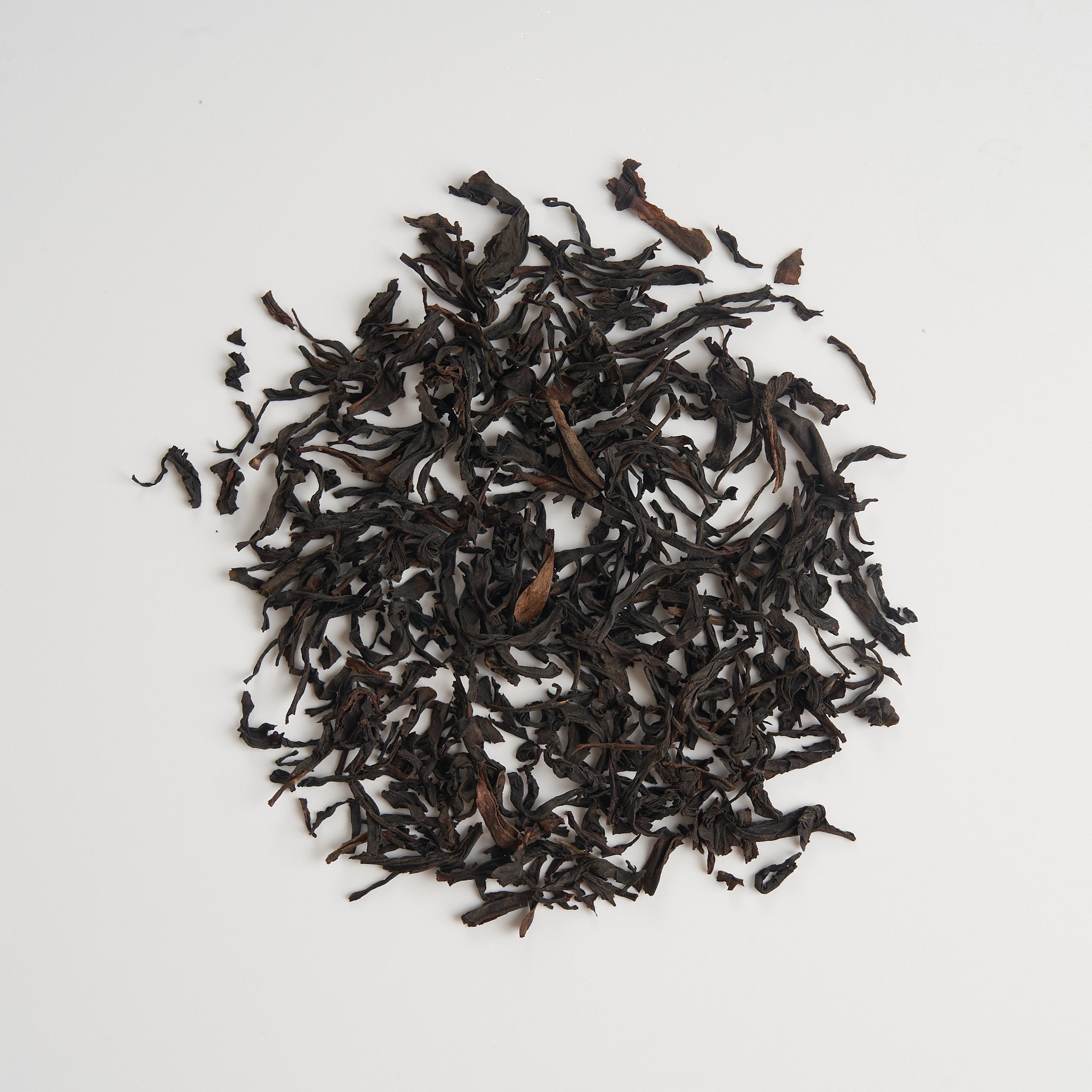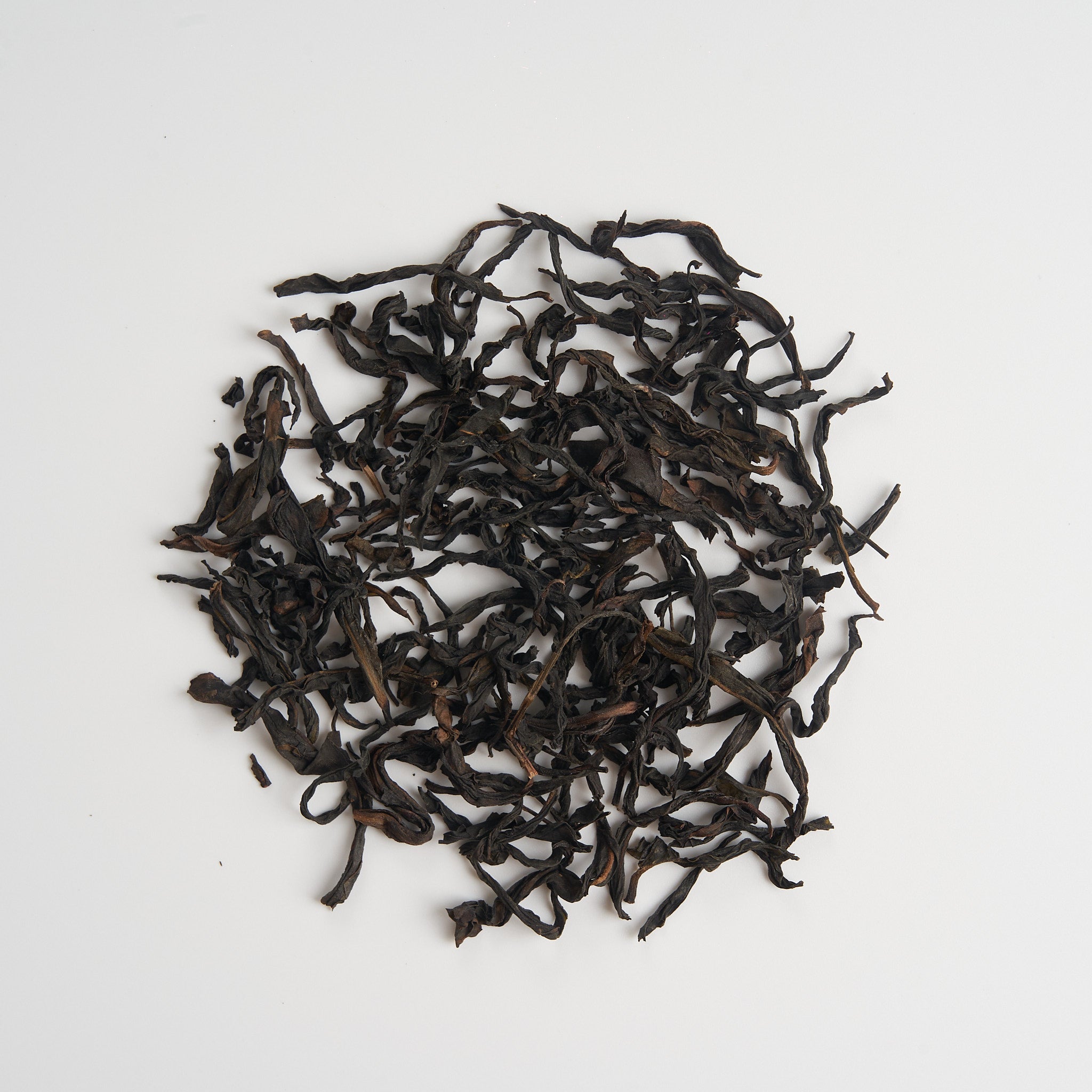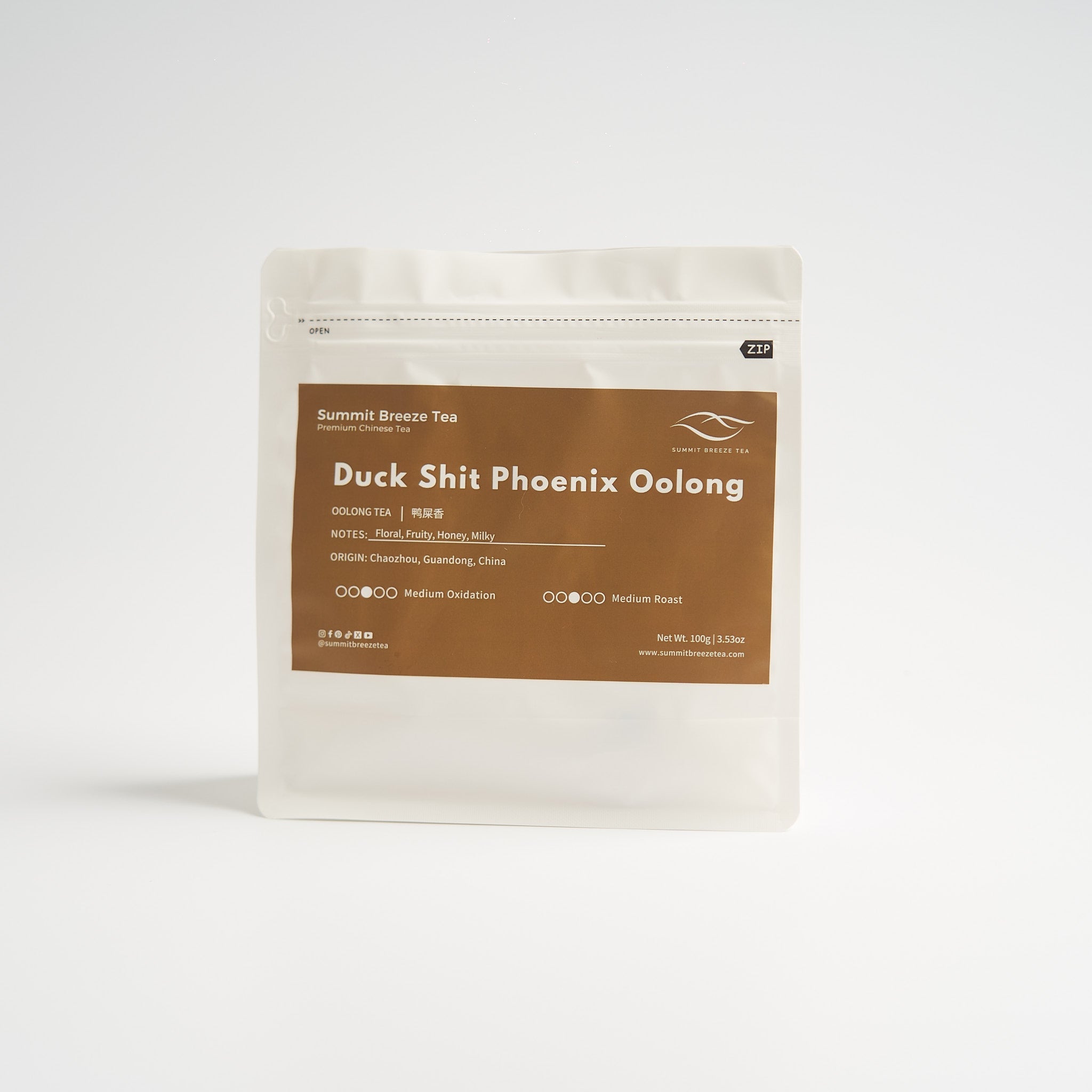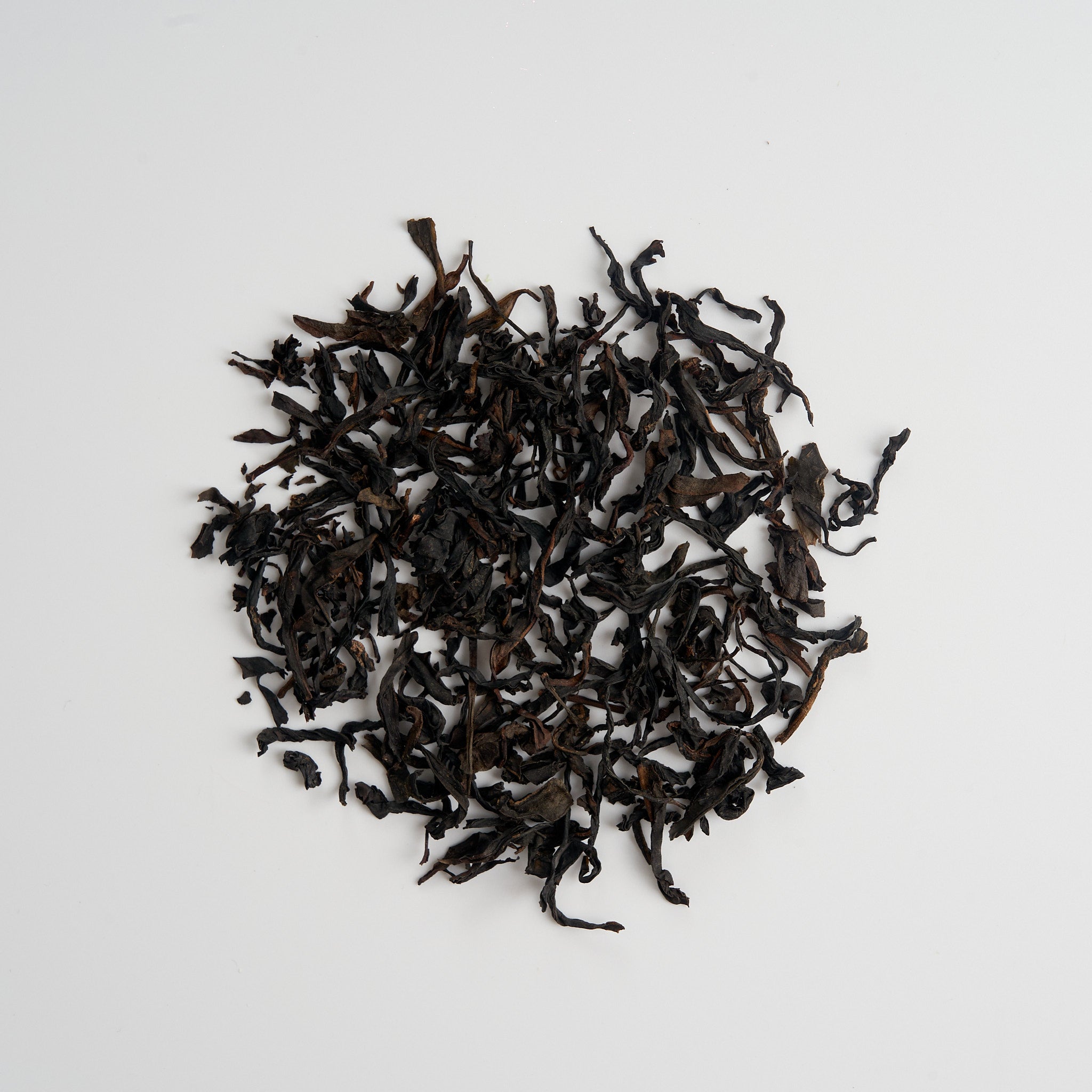FAQs
Oolong tea is one of the six major types of tea. It is a semi-fermented tea, with a fermentation level of 10% to 70%. This broad range of fermentation creates a diverse array of flavors in Oolong tea. Oolong tea has a floral, fruity note. Its fragrance varies with the level of fermentation and roasting. Oolong tea has unique processing methods. It also has many cultivars, each with a distinct fragrance.
Oolong tea is mainly produced in Fujian, Guangdong, and Taiwan. Each region's unique geography and climate gives its tea a distinct flavor. In northern Fujian, Wuyi Mountain is famous for Wuyi rock tea. It has a "rock essence and floral fragrance(岩骨花香)." Notable varieties include Da Hong Pao and Rou Gui. Southern Fujian’s Anxi is the birthplace of Tie Guan Yin, renowned for its orchid fragrance and rich taste. Guangdong's Phoenix Dan Cong is famous for its complex aromas. They include honey, orchid, and osmanthus. Taiwan's Oolong teas, especially Dong Ding and high mountain Oolongs, are famous. They have a sweet, clear liquor and a lasting fragrance.
The caffeine content in Oolong tea typically ranges from 30 to 50 milligrams per cup (about 240 ml). The exact amount can vary depending on the type of tea, processing methods, and steeping time. Compared to green and black tea, Oolong tea has a moderate caffeine level.
The storage of Oolong tea depends on its processing. For lightly fermented, unroasted Oolong tea with high moisture, store it in the fridge's fresh-keeping section. Moderately or heavily fermented, or roasted, oolong teas have lower moisture. Store them at room temperature, away from light. Oolong tea generally doesn’t benefit long-term storage, so it’s recommended to consume it promptly to ensure the best flavor.
Oolong tea may boost metabolism, burn fat, and aid weight loss. Its antioxidants protect heart health by lowering cholesterol and reducing disease risk. The moderate caffeine content improves alertness and concentration. It also aids digestion, reducing bloating. Some studies suggest it helps regulate blood sugar, benefiting people with diabetes.




